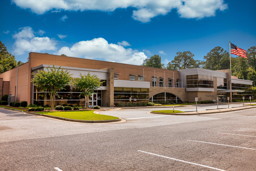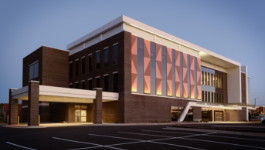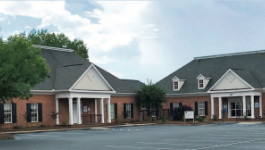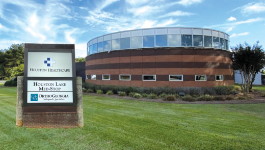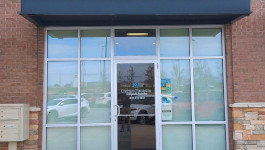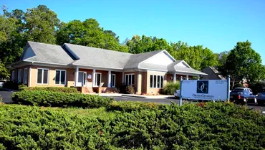A Primer on Meniscus Tears – Dr. Gregory Lee
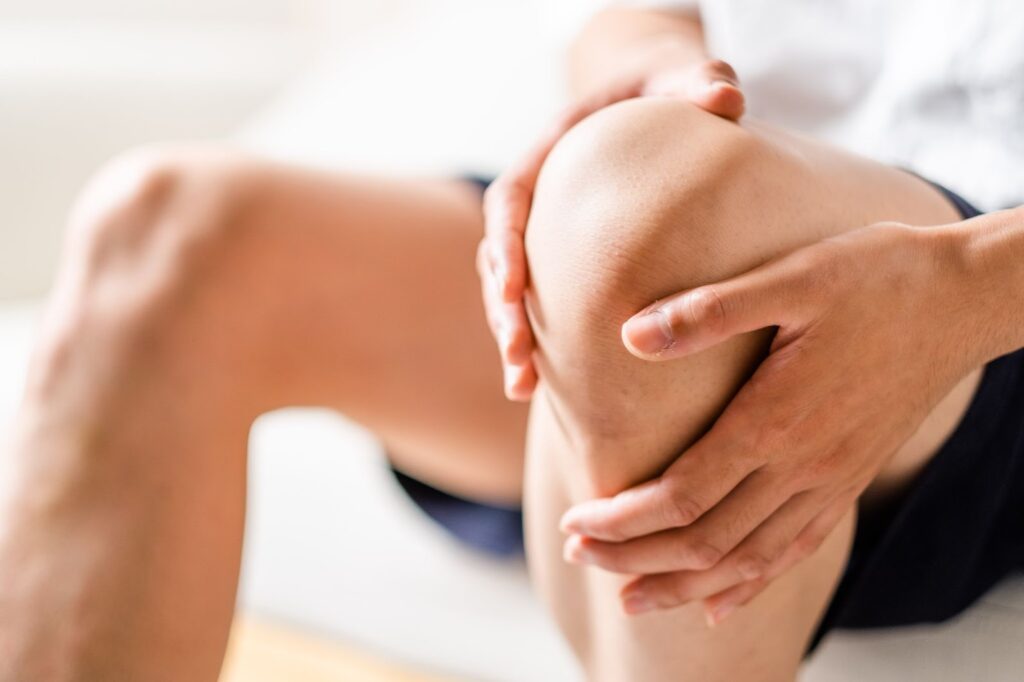
What is the Meniscus?

There are two types of shock absorbers within the knee: the articular cartilage and the meniscus (two menisci per knee). The articular cartilage is the thin layer of shock-absorbing material that coats the weight-bearing surfaces of a joint and protects the underlying bone. The meniscus is a shock-absorbing structure within the knee that shields the cartilage of the joint from excess pressure. The meniscus can be thought of as a ring-shaped, rubbery gasket that is attached to the upper surface of the tibia and absorbs the pressure of the body passing down through the femur. The medial meniscus is located on the inner side of the knee, while the lateral meniscus is located on the outer side.
What Causes a Meniscus Tear?

Normal Medial Meniscus in a Right Knee (* on Meniscus, F on Femur, T on Tibia)

Torn Medial Meniscus in a Right Knee (* on Torn and Unstable Meniscus Fragment)
This shock-absorbing function of the meniscus is critical in preventing mechanical trauma to the cartilage, thus protecting a joint from developing arthritis. When meniscal function is lost, the weight-bearing pressures applied to the cartilage of the knee increase dramatically and the rate at which the cartilage deteriorates accelerates. Arthritis within the knee ensues after meniscal loss. There are two general categories of meniscus tears: traumatic and degenerative.
Types of Meniscus Tears
Traumatic Meniscus Tears
Traumatic tears typically result from an injury, with the most common mechanism being a twisting or deep knee flexion event while the patient is bearing weight. The damage to the meniscus occurs when the meniscus structure is forcibly entrapped between the firm surfaces of the femur and tibia to the point of mechanical disruption of the meniscal tissue. This event typically results in a fragment of meniscus tissue being made unstable and partially detached from the main body of the meniscus. This fragment is then free to continue to cause mechanical irritation within the joint by repetitively catching between the two surfaces of the joint. The meniscus has a very limited blood supply and, therefore, has minimal capacity to heal itself. Typical symptoms include pain on either the medial or lateral side of the knee, pain with weight bearing, pain that awakens the patient from sleep, pain with twisting or squatting upon the knee, and mechanical events such as random onset knee buckling or locking sensations.
Surgery is almost always required for traumatic meniscal tears due to the limited capacity of the meniscus to heal itself. Surgery involves either resection of the unstable meniscal fragment (meniscectomy) or surgical repair of the damaged fragment back to the main body of the meniscus. The determination as to which surgical approach is indicated depends on factors such as patient age and the location and pattern of the tear. Repair is only likely to be successful if the meniscus tear is in the limited region of the meniscus in which there is blood supply. Expected time for full recovery after a meniscectomy ranges from 2-4 months. It is important to understand, however, that loss of meniscus function can lead to the development of arthritis in the knee in the years that follow the injury. Future treatment for that arthritis might be required. The expected time for full recovery after a more complex meniscal repair procedure is 8-9 months, as prolonged precautions and activity restrictions are required to allow the limited blood supply of the repaired tissue to fully heal. An MRI is critical for determining what type of treatment is indicated for a meniscus tear.
Degenerative Meniscus Tears
Degenerative meniscus tears occur without a defined moment of injury and typically occur in patients who have reached the age of 40-50 years. In the scenario of a degenerative meniscus tear, it is helpful to think of the meniscus as a tire on a car. Every mile a person goes, the meniscus structures within that person’s knees feel pressure and strain. Like the tire on a car, the meniscus cushion can eventually mechanically weaken and have a “blowout.” Symptoms can be similar to those described for a traumatic tear.
Often, with degenerative meniscus tears, X-rays and MRI scans show some degree of arthritis present within the knee. It should be noted, however, that a traumatic meniscus tear can occur in a knee with a degree of arthritic change, with the knee arthritis having been asymptomatic prior to the traumatic event and resultant meniscus injury. Degenerative tears are not always symptomatic. When symptomatic, degenerative tears can be treated with non-operative interventions such as oral anti-inflammatory medications, physical therapy, bracing, and cortisone injections into the joint. Surgery is indicated for degenerative tears if non-operative treatment fails, or if the patient has significant symptoms and MRI findings for an unstable meniscal fragment and the knee does not have advanced arthritis.
About Dr. Greg Lee

Dr. Greg Lee is one of our fellowship-trained orthopaedic surgeons at OrthoGeorgia, specializing in sports medicine and total joint care. He regularly diagnoses and treats conditions and injuries of the knee, shoulder, elbow, and ankle, and has a special interest in sports injuries, arthroscopy of the knee and shoulder, ACL reconstruction (primary and revision), shoulder instability, rotator cuff pathology, and fracture care. Dr. Lee is certified to perform Mako Robotic-Arm Assisted Knee Surgery for partial knee replacements. Patients can schedule an appointment for comprehensive orthopaedic care with Dr. Lee at our Macon office (Building A).
Knee and Total Joint Care in Central GA
At OrthoGeorgia, we are proud to provide our patients with comprehensive total joint care, providing treatment for injuries and conditions of the knee, hip, shoulder, and more. Each member of our team, from our orthopaedic surgeons to our physical therapists, takes the time needed to get to know each patient and their goals, so that we can create the best possible treatment plan. We work with patients at our offices in Macon (Buildings A and B), Warner Robins, Kathleen, Milledgeville, Dublin, and Hawkinsville, GA, and we want to help you live and move more comfortably. To schedule an appointment at the OrthoGeorgia location nearest you, please contact us today!
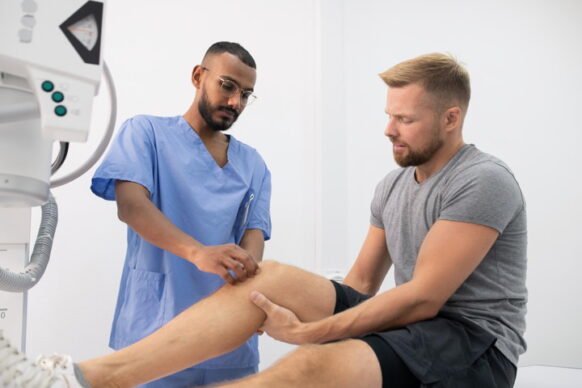
Personalized Orthopaedic Care in Central Georgia
At OrthoGeorgia, we want to help you live a healthier and more comfortable life by giving those in Macon, Warner Robins, Kathleen, Milledgeville, Dublin, Hawkinsville, and the surrounding areas convenient access to the highest quality care. Whether you have been suffering from a sports injury or a common orthopaedic condition, we will determine the cause of your discomfort and craft a personalized treatment plan to bring you relief. To learn more about our services and our physicians, or to schedule an appointment at OrthoGeorgia, please contact us today.
